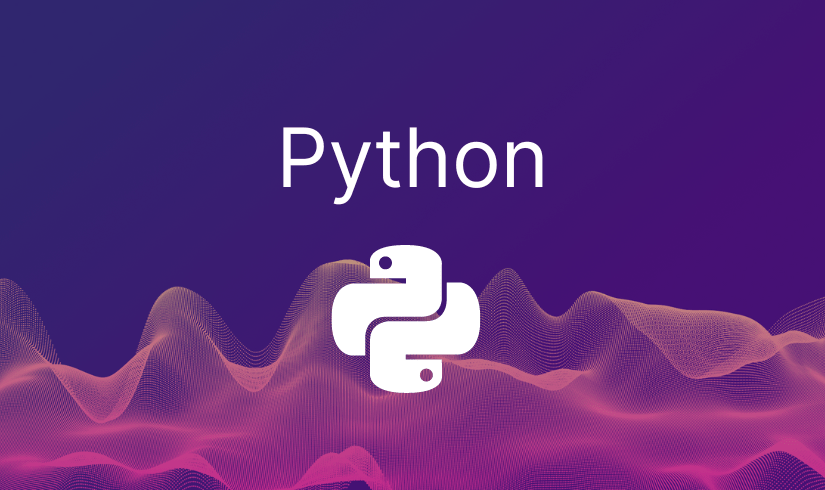Machine Learning: A Practical Guide for Aspiring Data Scientists

Introduction to Machine Learning in Python
Machine Learning is a subset of Artificial Intelligence that enables computers to learn from data and make predictions or decisions without being explicitly programmed. Python has become one of the most popular languages for Machine Learning due to its simplicity, ease of use, and a rich ecosystem of libraries. In this section, we’ll explore the fundamentals of Machine Learning using Python.
Popular Python Libraries for Machine Learning
Python offers several powerful libraries for Machine Learning. Some of the most widely used ones are:
- Scikit-learn: A comprehensive library for various Machine Learning algorithms, data preprocessing, and model evaluation.
- TensorFlow: An open-source deep learning library developed by Google that excels in building and training neural networks.
- Keras: Built on top of TensorFlow, Keras provides a high-level API for quickly prototyping and building deep learning models.
- PyTorch: A popular deep learning library known for its dynamic computation graph and flexibility.
If you are new to python try our Python Foundation Course.
Types of Machine Learning Algorithms Implemented in Python
Machine Learning algorithms can be broadly categorized into the following types, all of which can be implemented using Python:
- Supervised Learning: Algorithms that learn from labeled data to make predictions. Regression algorithms predict continuous values, while classification algorithms categorize data into classes.
- Unsupervised Learning: Algorithms that find patterns and structures in unlabeled data. Clustering algorithms group similar data points, while dimensionality reduction techniques reduce the number of features in a dataset.
- Semi-Supervised Learning: A combination of supervised and unsupervised learning, leveraging both labeled and unlabeled data.
- Reinforcement Learning: Algorithms that learn from interacting with an environment and receiving rewards, training agents to take actions that maximize cumulative rewards.
In the following sections, we’ll delve into each of these types of Machine Learning in Python and explore practical examples and code snippets.


